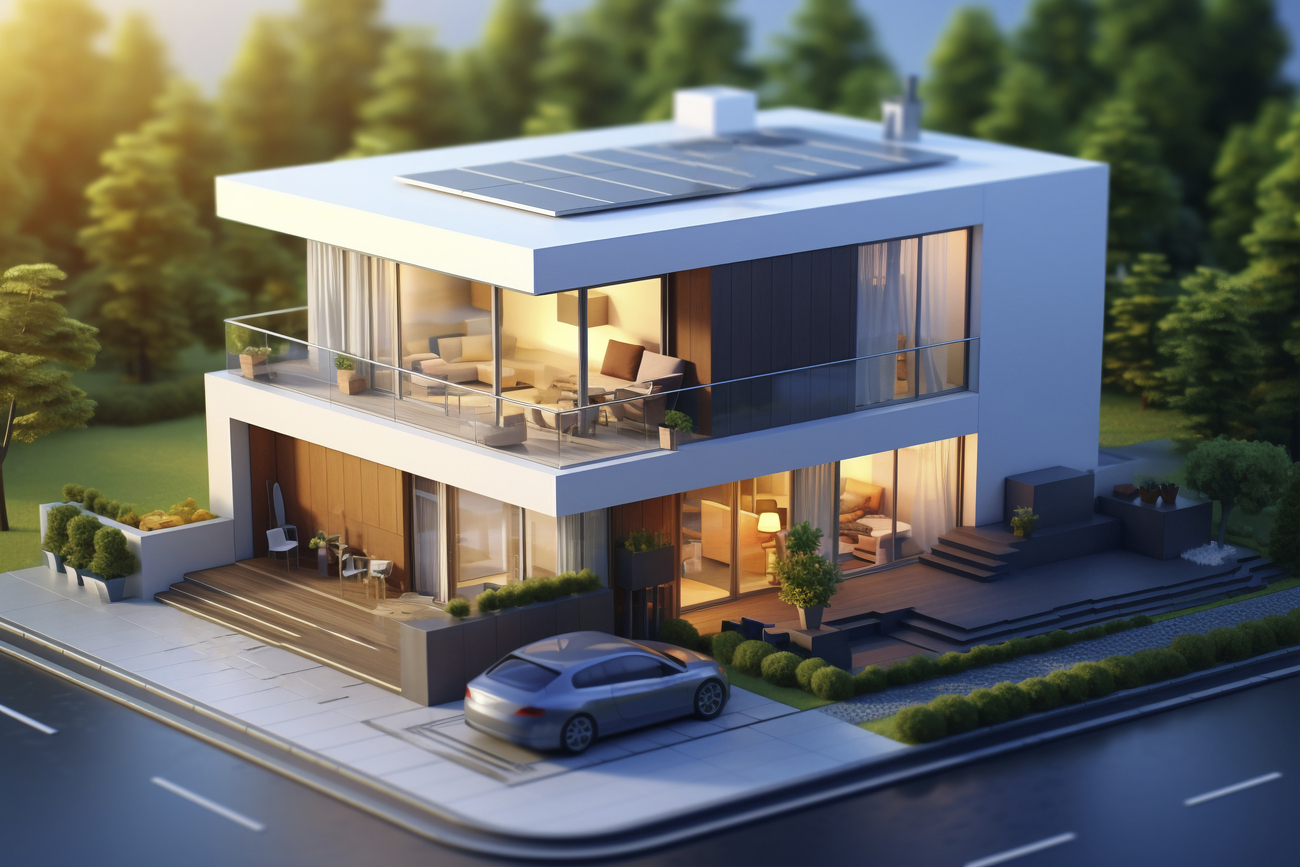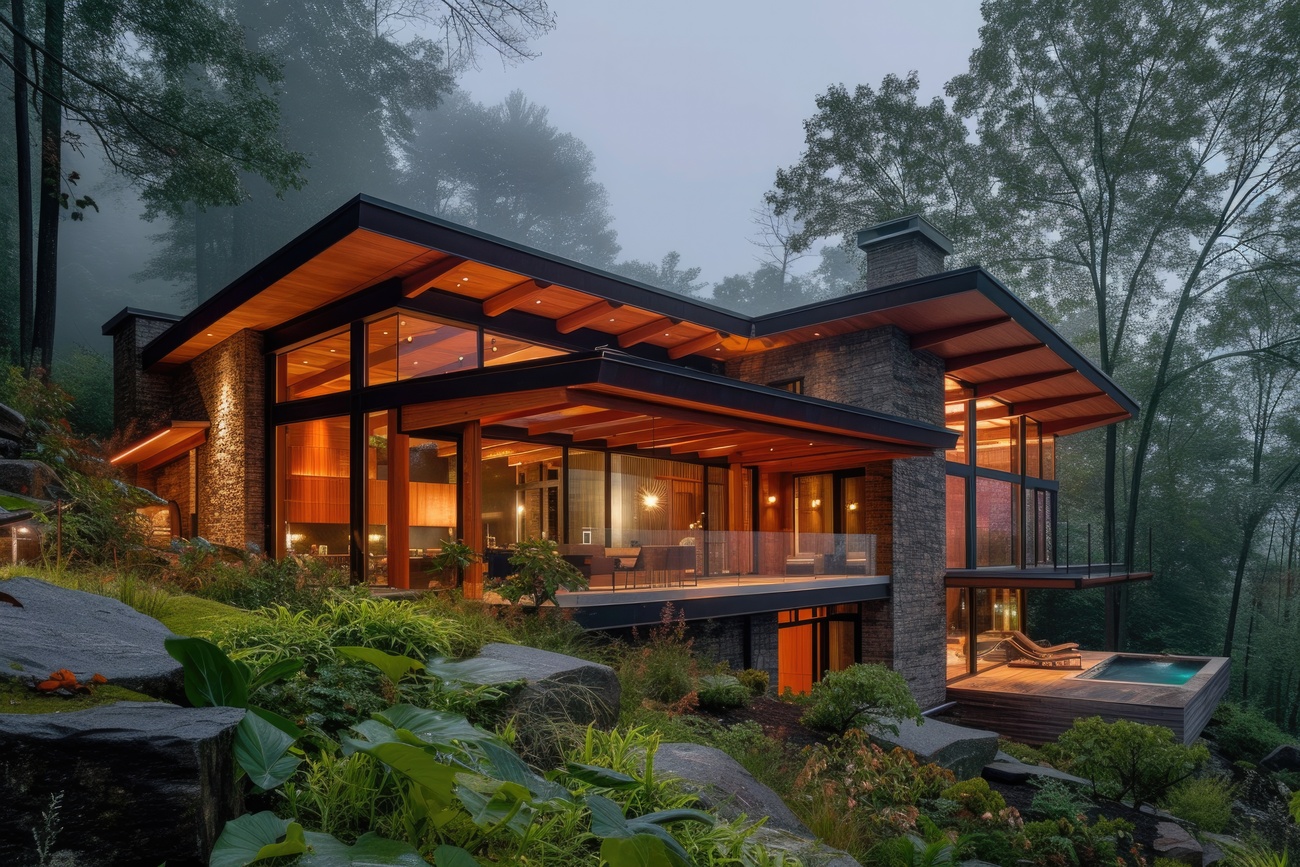
The Architecture of the Future: Adaptive Design for Tropical Climates
As climate change continues to intensify, architectural design in tropical regions is undergoing a crucial transformation. No longer focused solely on aesthetics or grandeur, the architecture of the future emphasizes adaptability, sustainability, and harmony with nature. In tropical countries where heat, humidity, and heavy rainfall dominate adaptive design is not a luxury; it’s a necessity.
1. Designing for Climate, Not Against It
Traditional tropical architecture has long provided valuable lessons wide eaves, high ceilings, and natural ventilation are all elements designed to work with the environment rather than against it. The future of tropical design builds upon these principles but integrates them with modern technologies such as automated shading systems, smart materials that regulate heat, and sensors that adjust ventilation based on humidity levels.
2. The Rise of Passive Cooling
Energy-efficient buildings are the cornerstone of sustainable tropical architecture. Instead of relying on air conditioning, passive cooling systems are becoming increasingly popular. This includes the strategic placement of windows for cross-ventilation, the use of natural materials such as bamboo or clay that absorb less heat, and green roofs or vertical gardens that reduce the building’s surface temperature.
3. Materials that Breathe
The choice of material plays a pivotal role in future architecture. Locally sourced materials like coconut wood, bamboo, and recycled timber are gaining renewed attention for their ability to “breathe” and adapt to humidity. Hybrid materials that combine natural fibers with modern composites also help reduce carbon footprints while enhancing durability in extreme tropical conditions.
4. Water as a Design Element
In tropical zones where rainfall can be both abundant and unpredictable, water-sensitive design is key. Future architects are designing rainwater harvesting systems, permeable pavements, and landscape layouts that prevent flooding while creating beautiful, functional spaces. Water features such as ponds and reflective pools are not just aesthetic; they also help cool surrounding air naturally.
5. The Smart Tropical Home
Technology will play a critical role in making tropical homes more responsive. Smart systems can adjust lighting, temperature, and air circulation in real time based on weather conditions. Solar panels combined with battery storage can provide reliable power even during monsoon seasons, while modular structures allow buildings to be expanded or reconfigured easily in response to environmental or social changes.
6. Blending Indoors and Outdoors
Future tropical design continues to blur the boundaries between interior and exterior spaces. Open courtyards, sliding walls, and semi-outdoor living areas encourage natural airflow and reduce the need for artificial cooling. This design philosophy not only promotes sustainability but also supports a lifestyle more connected to nature something increasingly valued in urban tropical environments.
7. Towards a Resilient Future
Adaptive tropical architecture represents a shift from rigid, energy-intensive buildings to resilient, living structures. It’s about creating homes and cities that can endure and evolve with the planet’s changing climate. By integrating tradition, innovation, and ecological awareness, the architecture of the future promises a more comfortable, sustainable, and harmonious life in the tropics.

Date: November 13, 2025
The global property sector is entering 2026 with a complex mix of opportunities and structural challenges. As markets recover unevenly from economic disruptions of the early 2020s, developers, investors, and policymakers must confront new realities shaped by shifting demographics, technological adva ...

Date: November 14, 2025
Buying a house is one of the biggest financial decisions most people will ever make. While many buyers focus on the down payment and monthly mortgage, there are several hidden costs that often catch them by surprise. Understanding these expenses can help homebuyers prepare more accurately and avoid ...

Date: November 15, 2025
For years, many assumed that Gen Z facing rising housing prices, student loans, and economic uncertainty would delay homeownership even longer than millennials. Surprisingly, the trend is shifting. Around the world, more Gen Z adults (typically defined as those born between 1997–2012) are beginnin ...

Date: November 15, 2025
For many people, owning a home remains a major life goal symbolizing stability, security, and long-term financial growth. But with rising property prices, higher living costs, and economic uncertainty, the big question for 2025 is clear: Is buying a house still realistic? The answer depends on sever ...

Date: November 11, 2025
In the fast-paced world of real estate, the digital revolution has completely transformed how properties are marketed and sold. Today’s property agents and developers must adapt to changing consumer behavior, emerging technologies, and online competition. To succeed, real estate professionals need ...
Ala Land Bali — a magical place for the real you
BECOME PART OF THE HISTORY Share your contact details, and our manager will reach out
with full project details

